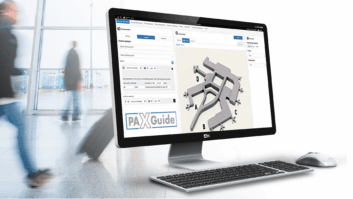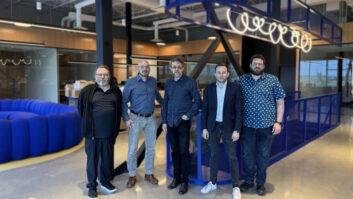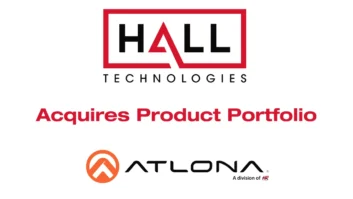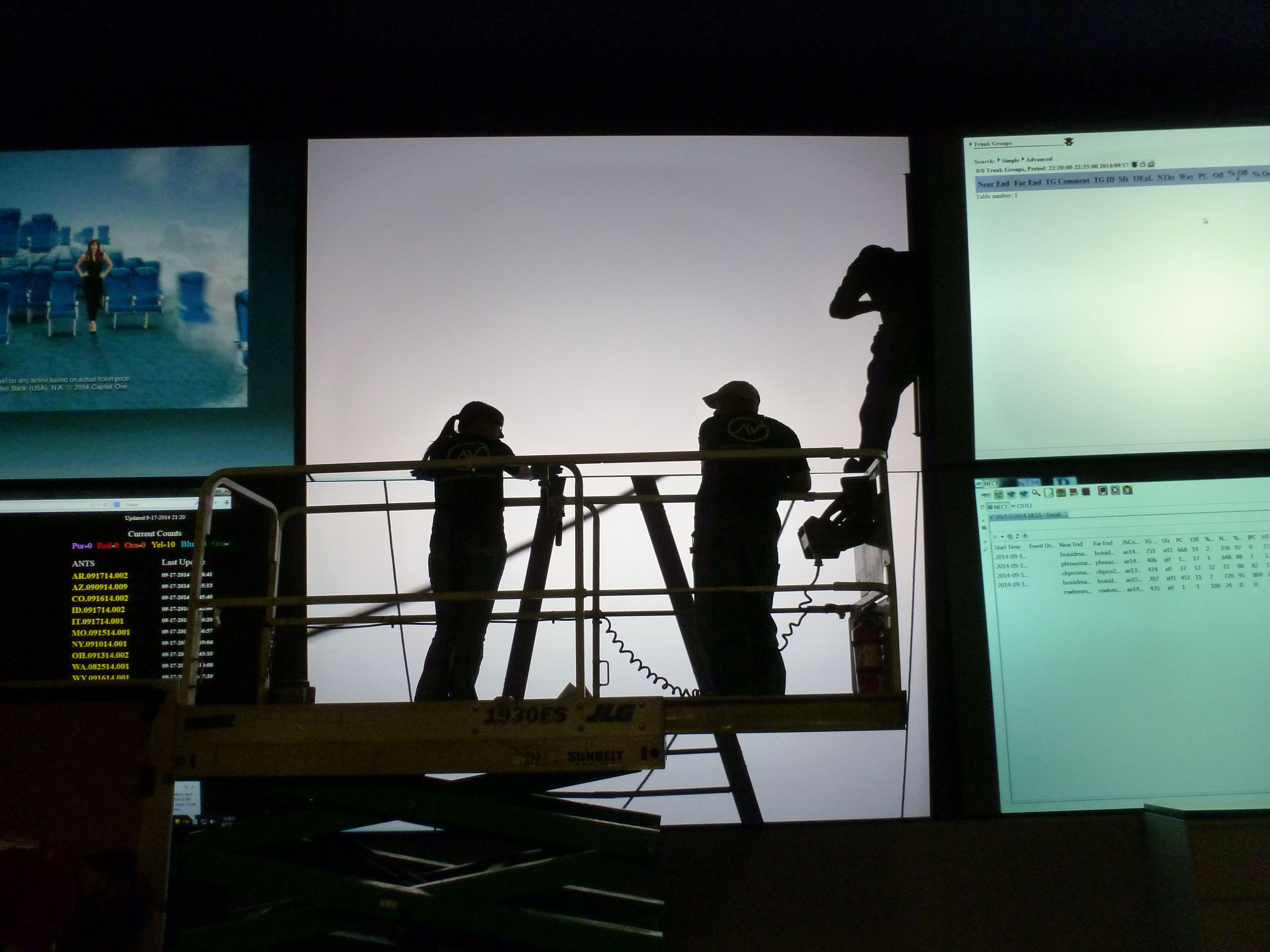
Matt Zavakos, president of Singularity Technologies, details the increasing convergence of AV and IT and reveals the growing popularity of huddle spaces and ‘virtual meetings’ in corporate environments.
Tell us about the business.
Founded in 2012, Singularity Technologies is six years old and is our second AV business. We have taken a streamlined, scalable approach to supporting our clients’ needs across diverse network infrastructures and many geographic areas. We are committed to quality design and craftsmanship and value the long-term relationships we have cultivated with our clients. In fact, we have had many customers for more than 20 years.
What is your geographic reach?
Our home base was founded on supporting corporate clients in Colorado, however since we have designed and implemented standards for Fortune 500 companies, this has allowed us to expand our business to include national and international projects. We currently remotely support clients locally, across the US and as far away as Hong Kong.
How is business?
Our business is very good and we are really seeing an increase in engagement with more potential clients.
“Even as little as 10 years ago, the AV industry was considered to be an ‘outsider’ by IT managers that was to be tolerated because we made corporate boardrooms more impressive”
What trends are you seeing in the current market?
Business trends and technology trends in the market go hand in hand. From a business point of view, the trend is to do more with less. The availability and relative ease-of-use of consumer electronic devices has set expectations for how businesses integrate and end users interact with AV. At Singularity, we believe that AV technology should not get in the way of our clients doing business. It should enhance the experience of collaborating and interacting. We are seeing a big increase in the use of flexible huddle spaces, where people can connect any personal device to share content and ideas at ‘virtual meetings’ taking place across the globe, all with audio and video teleconferencing infrastructure that requires a deep knowledge of how AV integrates with corporate IT.
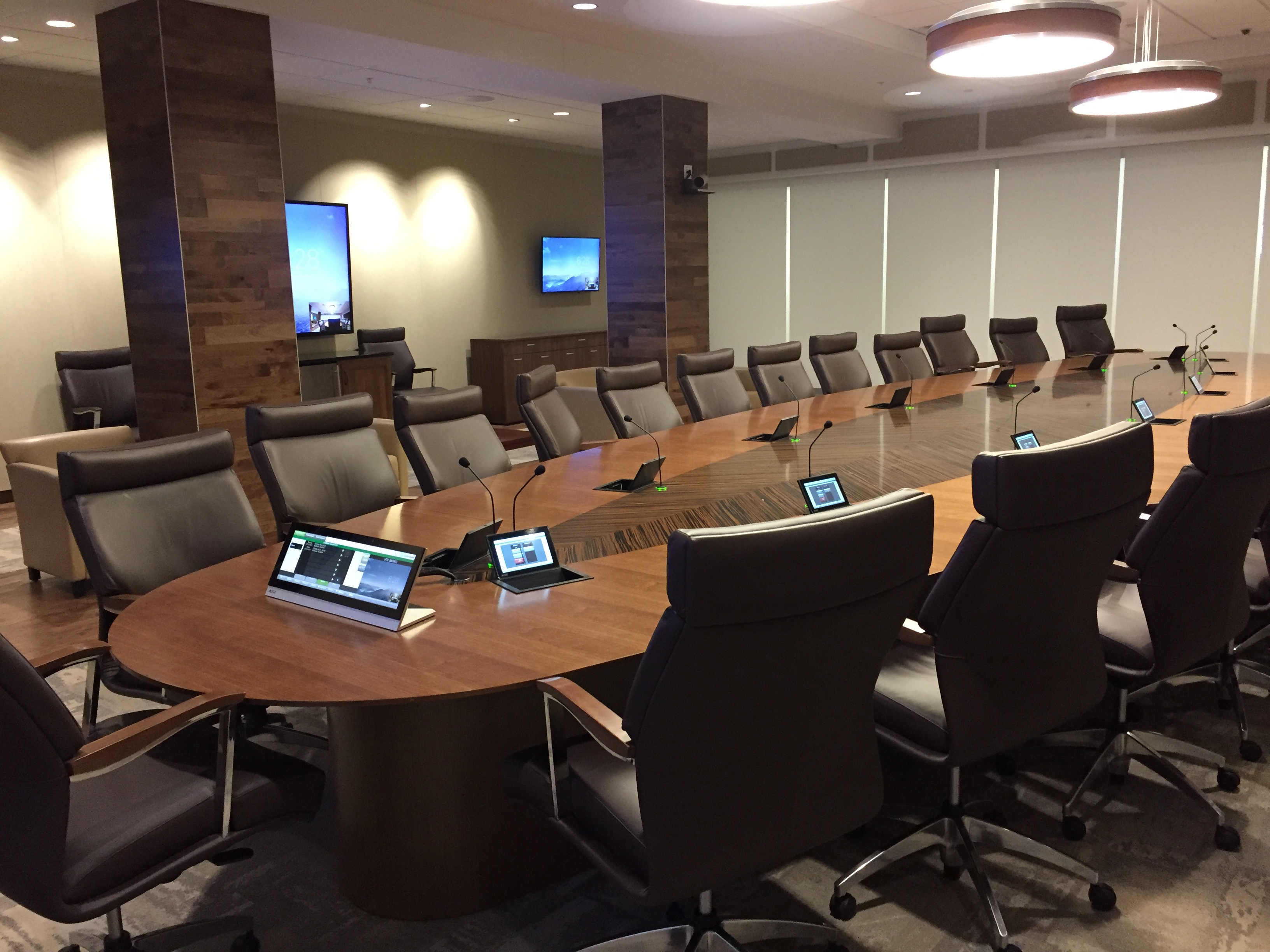
Even as little as 10 years ago, the AV industry was considered to be an ‘outsider’ by IT managers that was to be tolerated because we made corporate boardrooms more impressive. AV equipment was deployed as an island which was maintained and managed by external AV vendors. When something broke, the IT department was beholden to others outside of their team to fix it. The time required to deal with even small support tickets created huge headaches in internal support teams. Singularity’s ability to partner with our clients’ IT teams so that we can work together to leverage their existing network infrastructure in our AV designs has significantly improved proactive equipment monitoring and troubleshooting, network health reporting and security management for them.
We currently act as a remote extension of internal end user support for a number of clients, where they need deeper technical experience to resolve issue tickets. Being well-versed in current IT and network standards is now expected by corporate clients. The AV industry is no longer a separate and unique realm of expertise that IT managers view as an adversary. In the last three years, every conference room or meeting space Singularity has designed and installed resides on our clients’ networks and we have remote access to them. AV and IT have formed a partnership that will only become stronger as technological innovation progresses.
What’s hot in AV right now?
Audio and Video over TCP/IP is what is hot. In the past, AV equipment relied on networks of proprietary cable runs which were maintained separately from standard structured cable networks. For years now, the IT industry has been putting in thousands of feet of cable across corporate campuses and now AV is able to go in and ask to utilise and leverage that infrastructure. Video encoders and decoders convert traditional AV signals to a true TCP/IP compliant stream which can travel huge distances within a single campus, or be globally distributed across networked offices, security command centres and network operation centres. AV has been able to take huge advantage of being able to piggy back on these existing IT networks in order to accomplish our clients’ end goals.
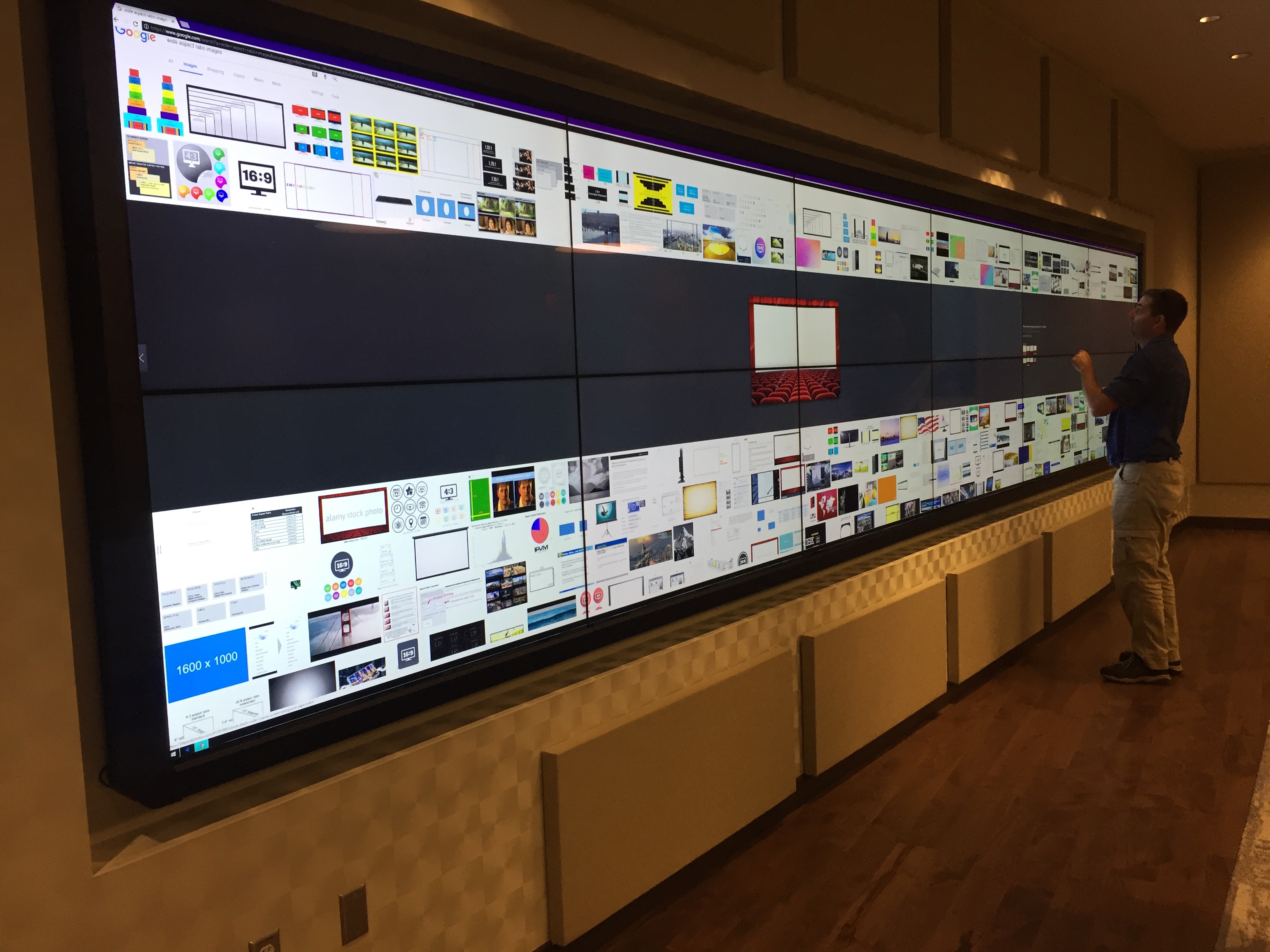
Any personal favourites when it comes to AV equipment?
Lectrosonics and I go way back to the beginning of when I started working in the AV industry. In my humble opinion, they make the best audio teleconferencing equipment with echo cancellation in the industry, and their wireless microphones are excellent. There is a reason why the company has won an Emmy for technology! The first sales person that I ever interacted with at Lectrosonics is the guy who is now the President of the company, Gordon Moore. He’s one of the smartest, nicest, most patient people that I have ever worked with. For years and years, I have always relied on Gordon’s golden ears when doing a final sound check on an audio teleconferencing system we’ve installed. Even now, given his many responsibilities and hectic schedule as President of the company, Gordon still picks up my call so we can sound check a room together. Without exception, the entire Lectrosonics team has an unsurpassed dedication to supporting their dealers and their customers.
What are the biggest obstacles/frustrations you’re seeing in the industry?
The end user perspective is often, “Why doesn’t it work like my iPhone?”. When we design custom user interfaces for our AV systems, we take this perspective seriously. When the perception is that AV is frustrating and complicated, people don’t use it.
Transmitting HD video wirelessly from your computer to a display has always been problematic because of signal latency or interruption. Some companies offer wireless solutions which work fine for static presentations, however they still don’t compete 100 per cent with wired transmission options. End users tend to ask, “Why hasn’t the industry perfected this yet, when I can connect everything I own via Bluetooth to something?”
Another end user comment we commonly combat is, “I can just go to Best Buy and get something to do that.” We have to spend time explaining why consumer and professional products are not the same thing. We look at it as an opportunity for education. Sometimes educating our client contacts is the best way to raise awareness internally at a company and set expectations about how something is going to work, or satisfy a company objective.
Has the attitude towards professional and high quality AV changed for businesses in recent years?
The attitude has changed somewhat. Expectations related to quality and functionality based on available consumer technology and price point based on available consumer technology are things we commonly address when discussing what clients want to see in a design.
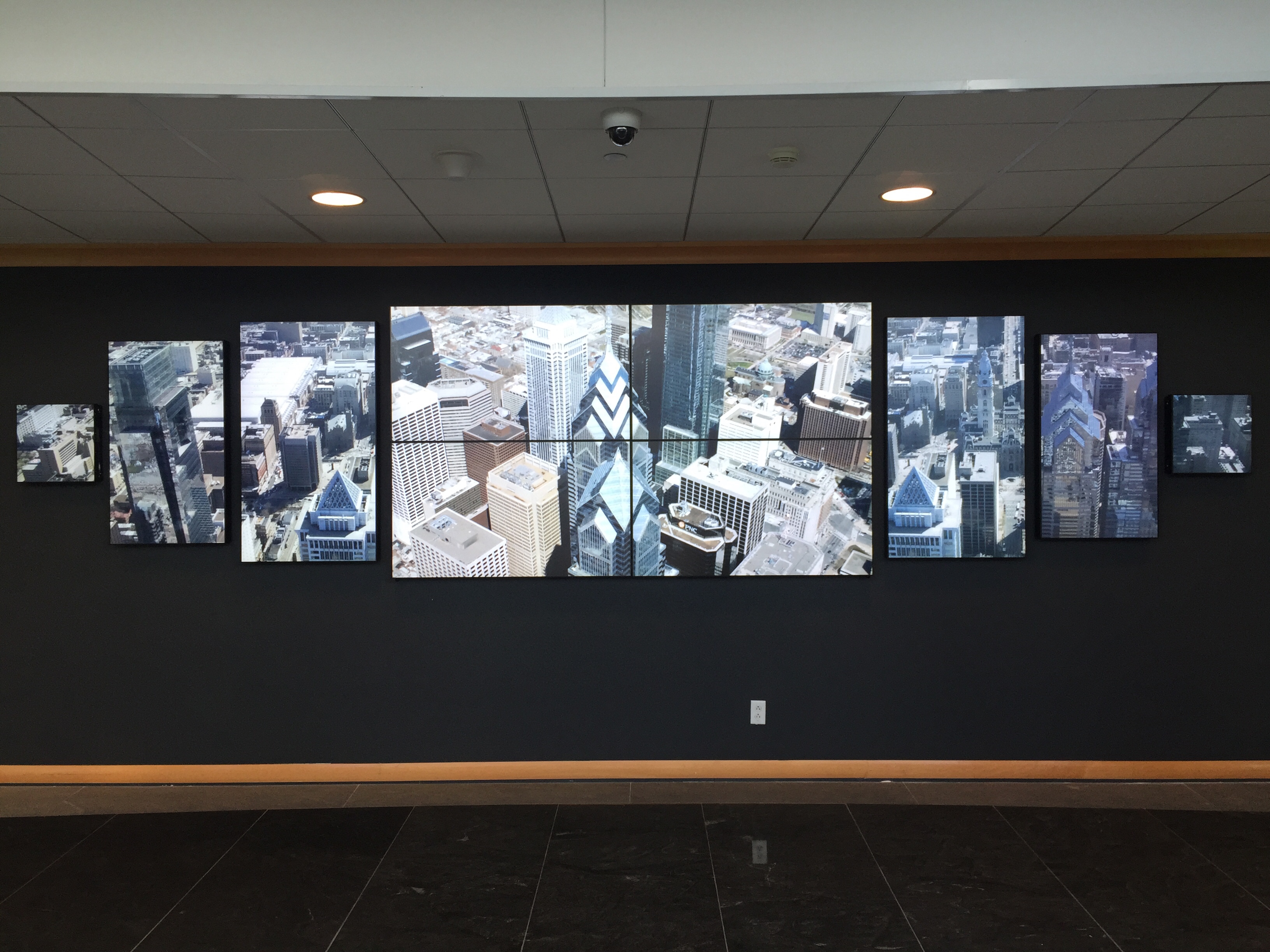
Why should end users go through an integrator rather than simply buy and install themselves?
An integrator’s job is not only to be able to properly install the gear that clients need so it works for them, but it is also our job to keep a careful eye on the marketplace to identify and understand new and emerging technologies and then to help identify those technologies that would work best for the client’s needs.
“If you’re doing your job really well, then as an integrator you’re almost like a translator”
What are the most common mistakes from businesses when it comes to AV?
Underestimating the value of the aggregate knowledge of professionals in the AV industry and their understanding of how that knowledge and advances in AV technology all interconnect. If you’re doing your job really well, then as an integrator you’re almost like a translator: you understand what the client needs and you deliver what they’ve asked for, even when they sometimes don’t exactly know how to ask for it.
Finally, how important is it for a business – of any kind – to have/use good quality AV?
If a business has a need for any kind of AV technology it is incredibly important for them to use high-quality, well-designed and integrated systems so that the technology does not get in the way of its main purpose: to be simply used as a tool to accomplish your goals.




